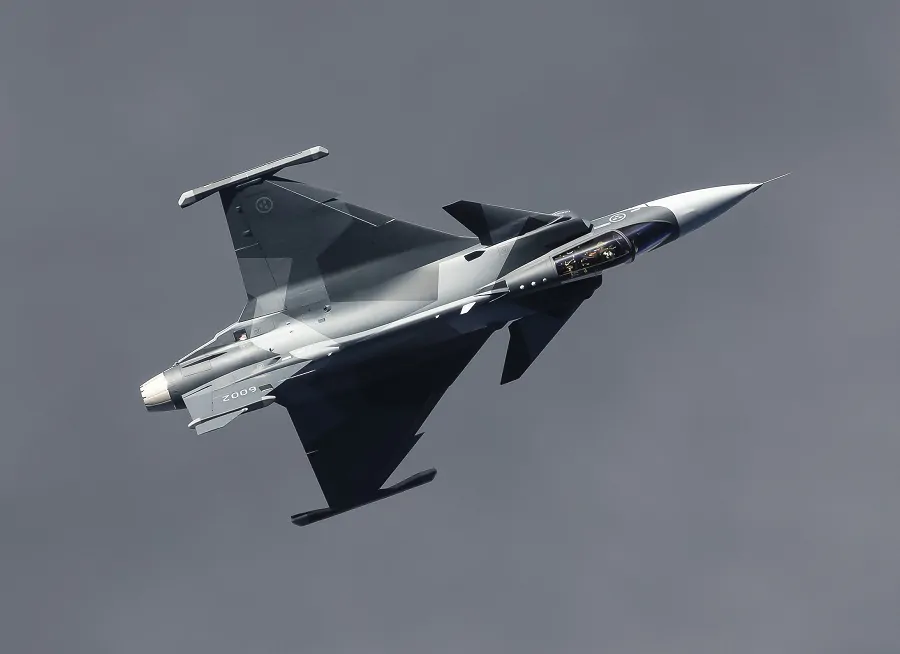Already a subscriber? Make sure to log into your account before viewing this content. You can access your account by hitting the “login” button on the top right corner. Still unable to see the content after signing in? Make sure your card on file is up-to-date.
Colombia has officially inked a multibillion-dollar defense deal with Swedish manufacturer Saab to acquire Gripen fighter jets.
Some shit you should know before you dig in: It’s no secret that relations between Colombia and the US are turbulent to say the least. Tensions have escalated notably since Trump publicly accused Colombian President Gustavo Petro and Venezuelan President Nicolás Maduro of leading narco-states and directly profiting from the cocaine trade (a charge both leaders have vehemently denied). Meanwhile, the US has launched at least 20 deadly maritime strikes in the Caribbean and eastern Pacific, claiming to target drug-smuggling vessels. In response to these strikes, Petro has called for Trump’sarrest, announced a halt to intelligence sharing, and moved to suspend defense procurement contracts with US firms (although some of these measures were later walked back). This ultimately led to the US sanctioning the family of President Petro and other top Colombian officials. Despite the rift, Colombia still possesses a large inventory of US-supplied military hardware, including Black Hawk helicopters, C-130 Hercules transport planes, and dozens of UH-1 Huey helicopters, equipment largely provided under the multibillion-dollar Plan Colombia initiative aimed at counter-narcotics and counterinsurgency operations.

What’s going on now: In a notable development, Colombia announced a $4.3 billion deal to purchase 17 state-of-the-art Gripen fighter jets from Sweden’s Saab Group, solidifying a major shift in the country’s defense procurement strategy. The deal includes not only the multirole fighter aircraft but also a full logistics and maintenance package, pilot and technician training, and technology transfer provisions. These fourth-generation jets are known for their advanced avionics, low operational costs, and interoperability with NATO systems, making them a strategic choice for a country looking to modernize its air force while asserting greater defense autonomy.
The US alternative to this deal likely would have involved the purchase of F-16 fighter jets from Lockheed Martin, a platform that is widely used across Latin America and backed by extensive US logistical and diplomatic support. French defense giant Dassault also pitched its Rafale fighters, but in the end, both offers were rejected. According to Colombian officials, the Swedish offer was more comprehensive in terms of cost-efficiency, technology transfer, and long-term sustainability.
Crucially, Sweden’s offer was seen as politically neutral and less entangled in regional geopolitical power plays (a factor that weighed heavily as Colombia looks to reduce dependence on the US).
Swedish Defense Minister Pål Jonson welcomed the agreement, stating that Colombia’s decision to join the Gripen user community alongside Brazil and Thailand would “significantly deepen” bilateral defense ties.







